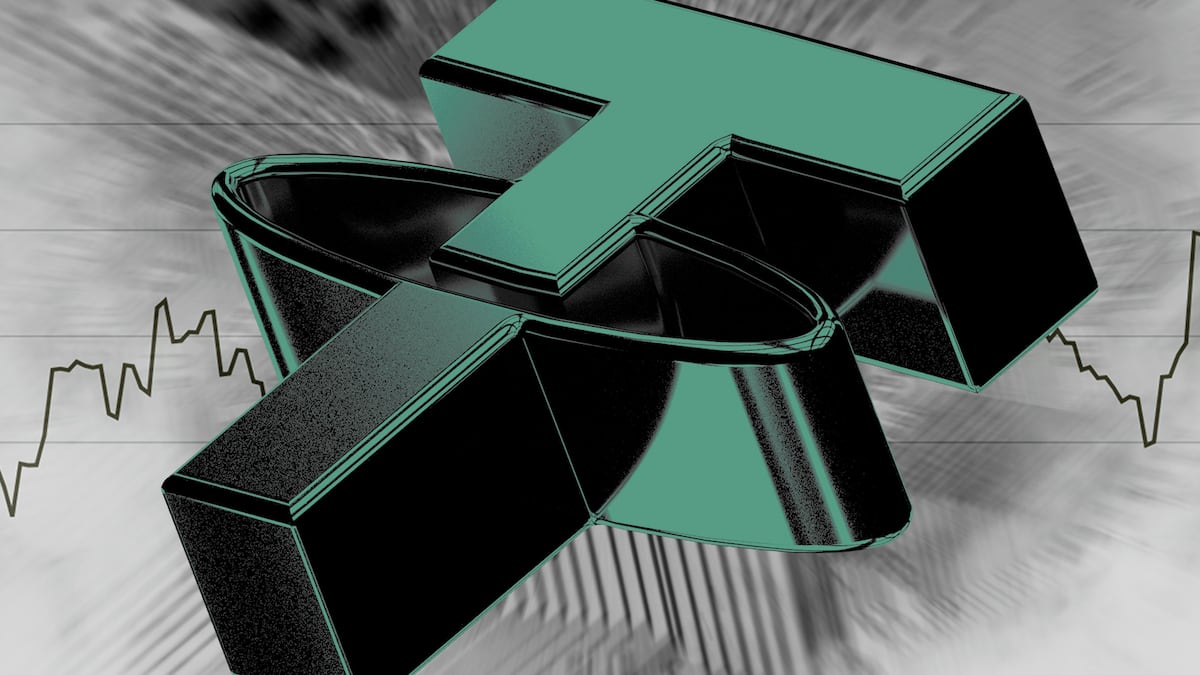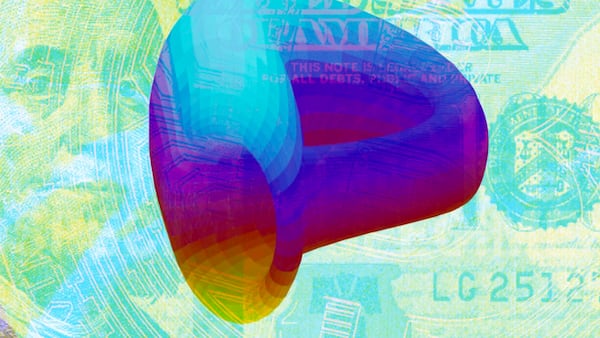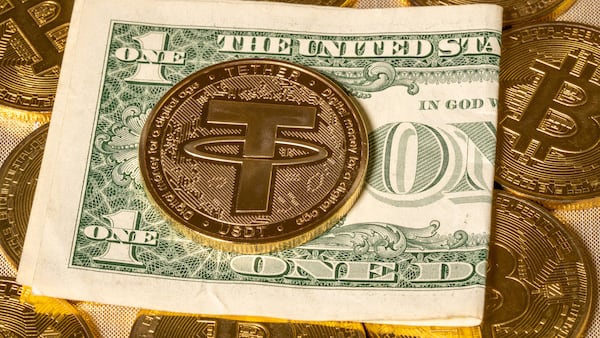- Tether’s USDT stablecoin is hovering near its all-time high of $84 billion set in May 2022
- Its value is almost three times higher than Circle’s USDC, its largest rival
Tether, or USDT for short, is edging close to equalling its all-time high market capitalisation of $84 billion, signalling a recovery for the issuer of the largest stablecoin after a plunge during the bear market of 2022.
USDT hovers at about $83 billion — its value has risen on the back of misfortunes hitting Binance’s rival stablecoin BUSD and Circle’s USDC.
Binance’s stablecoin faced a setback following a Securities and Exchange Commission action, while fears over USDC’s reserves being trapped in the Silicon Valley Bank caused it to briefly depeg from its typical $1 value in March.
These two crises have provided a prime opportunity for USDT to solidify its dominance.
NOW READ: Tether to divert up to 15% of profits into Bitcoin in ‘stability’ push
The leading stablecoin’s value is almost three times higher, or 181%, than that of Circle’s USDC, its largest rival, which commands a market cap of $29.5 billion.
Tether attributed its recovery to several factors including the increased demand brought on by investor confidence in its “solvency.”
“This widespread adoption has contributed significantly to our recovery and growth,” a Tether spokesperson told DL News.
Bucking the trend
Tether, like the rest of the crypto market, experienced a massive bear-market decline in 2022. The downtrend, which began in November 2021, was further worsened by two major events last year — the $60 billion collapse of the Terra ecosystem in May and the FTX bankruptcy in November.
During this period, Tether saw its market value shrink to $65 billion, tracking a plunge in the overall crypto market.
The crypto market has since posted a recovery, especially in the first quarter. Crypto is once again a trillion US dollar market on the back of positive price action that characterised the first few months of 2023.
NOW READ: Crypto investors drive USDC rebound amid Silicon Valley Bank fallout
Tether, unlike the rest of the stablecoin market, has followed the general crypto market recovery in lock-step. The USDT market size has grown 25% since the start of the year.
“USDT recently began to see new highs as capital has flowed into Tether seeking a more reliable stablecoin option,” Tether stated in its first quarter attestation report last week.
“This is representative of investors and users choosing USDT as their primary stablecoin, and exiting other stablecoin positions.”
This is in contrast to the performance of its main competitors like USDC and Binance’s USD stablecoin, BUSD for short, both of which are down more than 40% this year.
For Tether’s main competitors, regulatory troubles and the onset of a banking crisis in the US have added to last year’s troubles.
USDC temporarily lost its parity with the US dollar in March. This occurred after Circle revealed that it held $3.3 billion in reserve backing for USDC in the failed US lender Silicon Valley Bank. The funds trapped amounted to almost 8% of the reserve backing for USDC.
NOW READ: DeFi’s biggest exchange Curve Finance takes a shot at stablecoins
BUSD faced its own troubles in the form of enforcement action by the US Securities and Exchange Commission. In February, the SEC filed a lawsuit against stablecoin issuer Paxos, ordering it to cease the minting of BUSD.
The USDT issuer says it avoided these issues by reducing the value of its reserves held as deposits in US banks.
Tether said it made a profit of $1.5 billion amid its recovery in the first quarter. The stablecoin issuer also revealed last week that it held $1.5 billion in Bitcoin and has plans to plough up to 15% of its profits into regular Bitcoin purchases.





